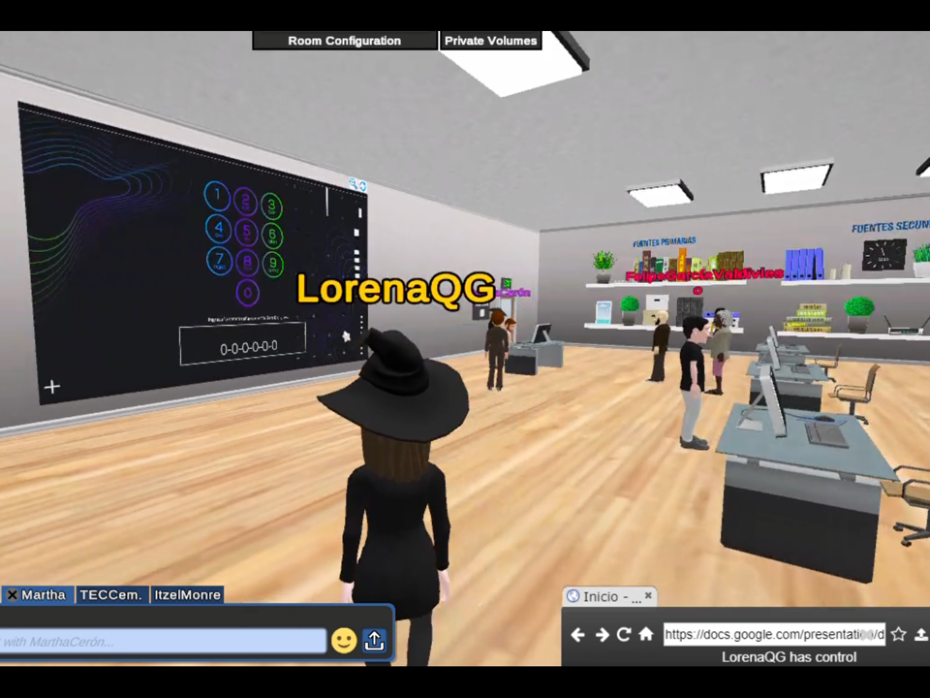
Tap the mine of library data to help enhance your courses
University libraries offer a rich well of data for course enhancement teams, on everything from student engagement to which resources they’re using most. Here’s how to make the most of it

You may also like
Popular resources
University libraries are fundamental to delivering an excellent educational and student experience, as we’ve seen reflected in the UK Teaching Excellence Framework 2023, the current National Student Survey (NSS) and Postgraduate Taught Experience Survey (PTES). Consequently, providing student-centred library spaces, comprehensive resource collections, specialist library systems and staffing will be a significant priority. Library data has the potential to offer rich insights in terms of how students are approaching and experiencing their studies.
Here, we consider five library data metrics that would serve to enrich the development of course enhancement action plans. How can academics and library teams work in partnership to optimise the use of such information?
Visits to library spaces: The number of students visiting university libraries fluctuates throughout the academic year. Many institutions have traditionally aligned opening hours to their academic calendar – for example, offering 24/7 opening hours during peak assessment periods. However, we’ve seen a reduction in students physically on campus since the pandemic and this trend is mirrored in libraries. Given the financial cost associated with opening library spaces, let’s optimise student usage.
- The library’s role in digital education: content is still king
- THE podcast: how the university library is an agent of change
- The academic library requires digital evolution
Libraries routinely have physical attendance records via access gates, along with room booking data. Sharing this information with course enhancement teams supports the planning and evaluation of related initiatives, and better positions them to habitually consider – and evaluate – their role in introducing students to library spaces and supporting their engagement with these facilities. Give specific consideration to how course teams use library spaces to deliver teaching, physically work with resources and facilitate and promote peer learning.
Resource lists click-through rates: Many universities use specialist resource (or reading) list software, which provide analytics on how many times those resources have been accessed. Course teams should seek to review this data and use it to maximise engagement with their resource list. Measure the impact through year-on-year click-through rate comparisons and discussions about how students use resource lists to support their learning.
Wider collection usage: How can we support students to progressively engage with the library collection beyond their resource lists? Many libraries (including ours) have increasingly adopted digital-first purchasing principles, so prioritise data related to the use of digital resources, including journal databases and e-books. Measure targeted course enhancement plan initiatives that promote greater engagement with these resources through year-on-year changes in downloads, or perhaps by calculating the institutional financial cost of individual downloads. Library teams will also have extensive data on how students are accessing the physical collection. This includes not only the borrowing of books, but learning materials such as laptops.
Enquiry topics: Library services teams triage significant numbers of student enquiries, in person, online or over the phone. Some libraries may also have library guides or frequently asked question banks or web pages to support students. Students often approach library staff with both library and non-library-related enquiries - for example, how to use university systems, such as timetabling.
Library leaders should share thematic enquiry handling reports with course teams, helping them identify where students might need additional guidance. Review the impact of this through year-on-year enquiry handling analysis. Comparing data on why students are approaching academic skills teams, such as librarians, learning developers or computer skills trainers, for support could also be helpful.
Student feedback: Student ratings and qualitative responses to library-related questions in institutional and national (such as NSS and PTES) teaching and learning surveys will provide valuable insights into library experiences. Many libraries will also have localised methods of collating student feedback, such as an annual library survey. Similarly, students who are elected to act as school or course representatives will probably have additional feedback on their peers’ experiences of the library. Library leadership and course teams can work together to identify macro-trends across mixed student voice feedback channels, and use it to inform course enhancement planning.
Facilitate engagement of course enhancement plan authors with library data
Routinely co-developing course enhancement plan templates with library leaders will ensure that library metrics are appropriately integrated. Library staff should be positioned to act as critical friends in this process.
The expansion of learning analytics platforms provides a timely opportunity for libraries to share quantitative student engagement data with academic staff. Given that all students should be using their library, establish data feeds on library attendance, resource lists and collection engagement. In turn, corresponding engagement reports can then be developed to support those authoring course enhancement plans.
For the 2024/25 academic year, we've introduced monthly Faculty Academic Success Team meetings. Chaired by associate deans for student experience, these meetings take place monthly and are attended by the library team along with other centralised support services. Such forums provide an excellent opportunity for ongoing and two-way dialogue about student engagement and feedback related to the library, which can then be disseminated to faculties.
An approach centred on the learning journey is critical to enhance the student experience and outcomes when planning for course enhancement. Developing a holistic picture of the student experience should therefore be an absolute priority for action plan authors. In turn, creating ready access to such data should be a significant driver for all library leadership teams.
Steve Briggs is director of learning and teaching excellence; Carly Ramirez-Herelle is head of library services; and Jo Myhill is head of academic liaison, all at the University of Bedfordshire.
If you would like advice and insight from academics and university staff delivered directly to your inbox each week, sign up for the Campus newsletter.


%20(1).png?itok=2sH6lwQ-)
Comments (0)
or in order to add a comment